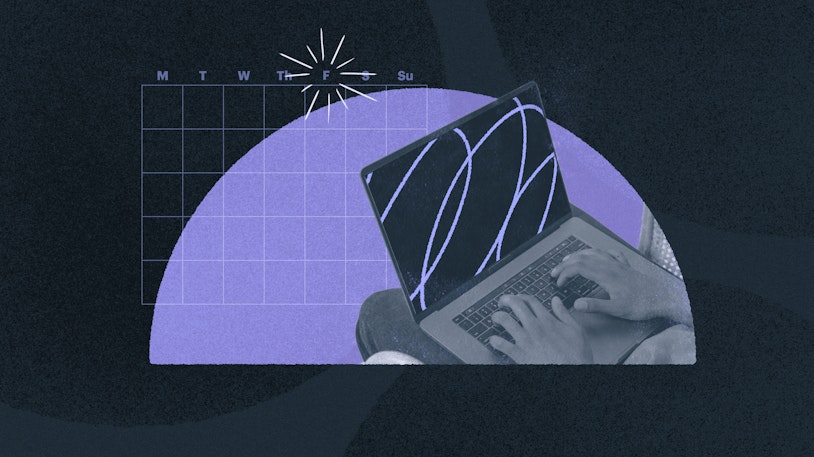Our First Customers:
Help Scout
What does it take to earn the trust and loyalty of over 12,000 customers, build a team that cares like you do, and hold onto your values for over a decade? In the first episode of season 2, we go behind the scenes with the three founders of Help Scout – Nick Francis, Denny Swindle, and Jared McDaniel – and hear how they turned their frustrations with clunky support tools into a business renowned for its customer focus.
Episode notes
Nick, Denny, and Jared founded Help Scout during Techstars Boston. In this episode, they chat with Mat about the values, experiences, and beliefs that they invested in those early days, and how they've stayed close to the customer through all the growth since then.
Key points and action items
Recorded in person at Help Scout's company retreat in 2025, this episode explores the early days and the current path of Help Scout's founders.
Notable moments in this episode
(03:31) The vision for a clean, personal support email
(04:51) Early days of pitching, learning, and “dogfooding”
(07:07) Designing support for real humans, not tickets
(08:27) Founders staying close by working in support themselves
(11:27) Scaling support while keeping the human touch
(13:04) Hiring for customer-centric values to shape the team
(15:15) Attracting the right customers and sending them books
(17:53) Doing the things that don’t scale… and why it works
(18:52) Living customer values with new tech like AI
(20:26) Tackling the challenges of company growth
(22:56) “Finishing customer sentences” to build intuition
(24:47) Moving from founder-led support to fresh learning
(25:54) Why the Help Scout mission never needed a pivot
(26:22) Expanding products without losing focus
(29:01) Evolving the how of support, not the why
(31:20) Three timeless lessons for customer-centric companies
The Three Key Learnings
Be Your Own Toughest Customer: Help Scout’s founders used their own product obsessively, spotting pain points, fixing issues, and building features that solved their real problems. If you deeply understand and use what you build, you’re always a step closer to delivering real value.
Do the Work Others Skip: Sometimes huge competitive advantages come from sweating the so-called “little” things. Help Scout invested deeply in making emails feel natural and personal, leading the market away from soulless ticket numbers and portals. Those details matter a lot.
Stay Close as You Scale: Customer focus isn’t automatic once your team grows. Help Scout keeps founders and staff connected to the queue and to customer stories, balancing historic knowledge with new learning. No matter your size, make sure every role stays anchored to real customer needs.
Related links
TRANSCRIPT NEEDED
Listen to every episode of The Supportive
Subscribe on Spotify, Apple Podcasts, Overcast, Pocket Casts, or paste this RSS feed into any podcast player.








